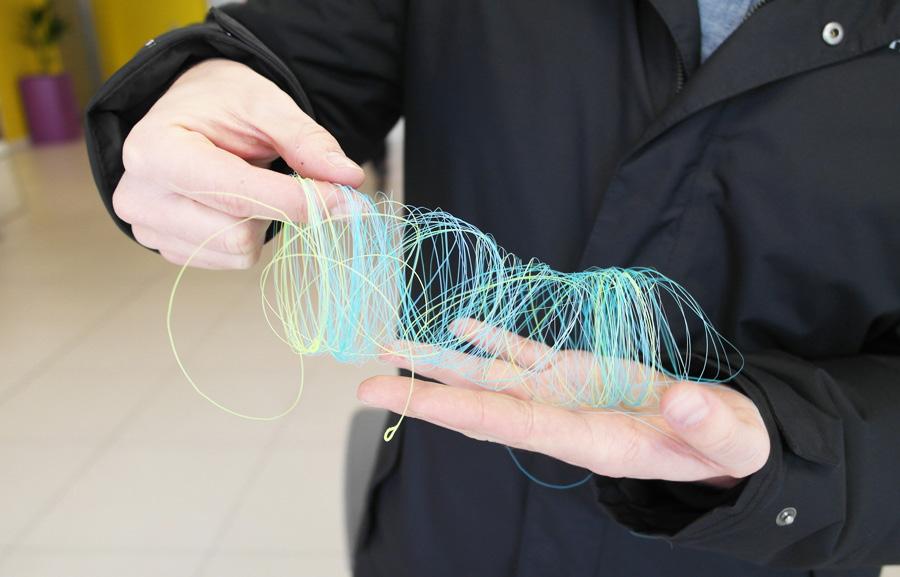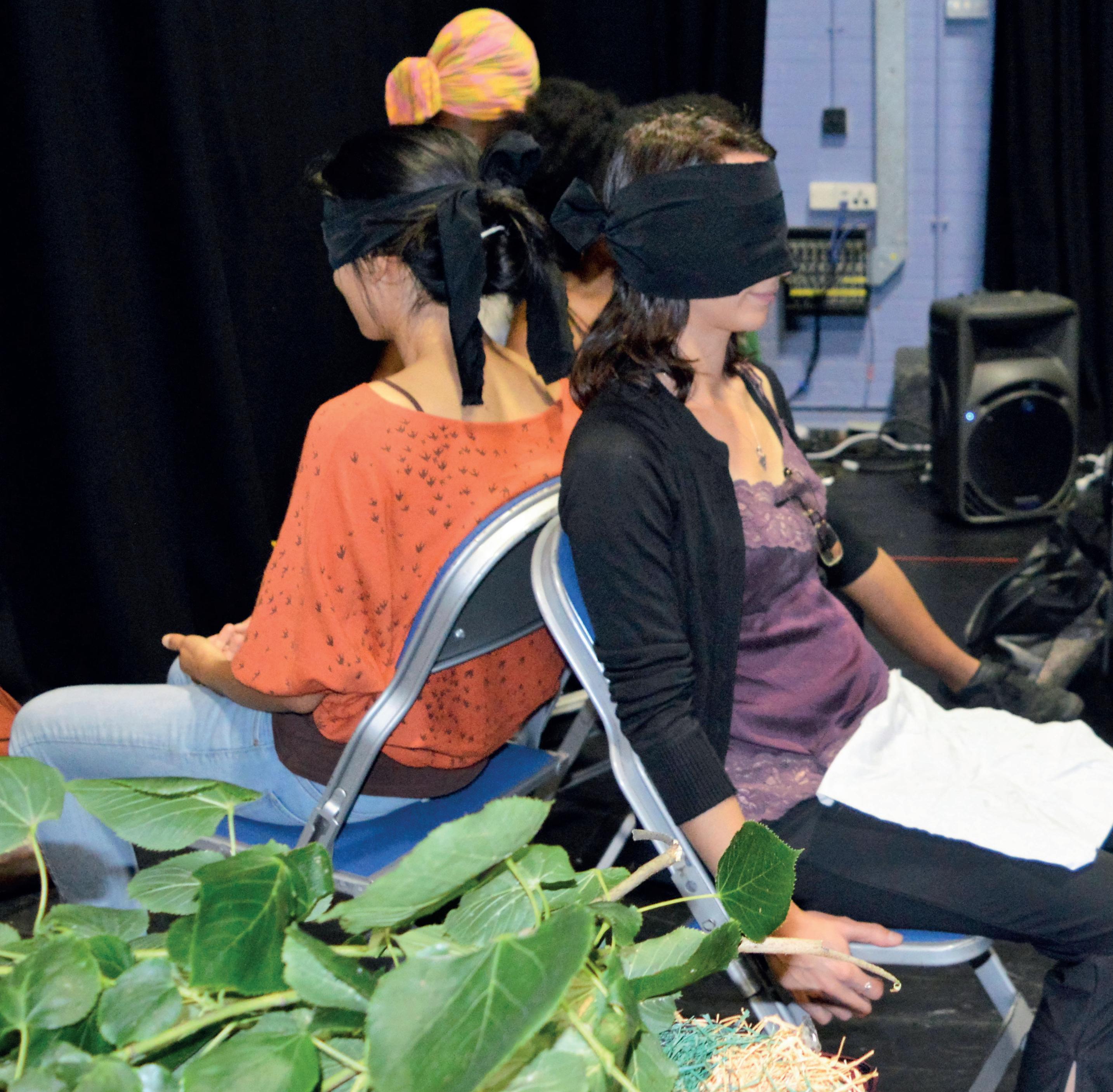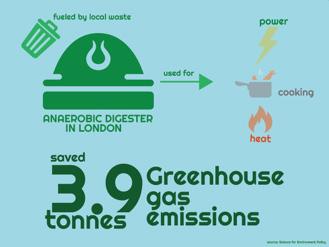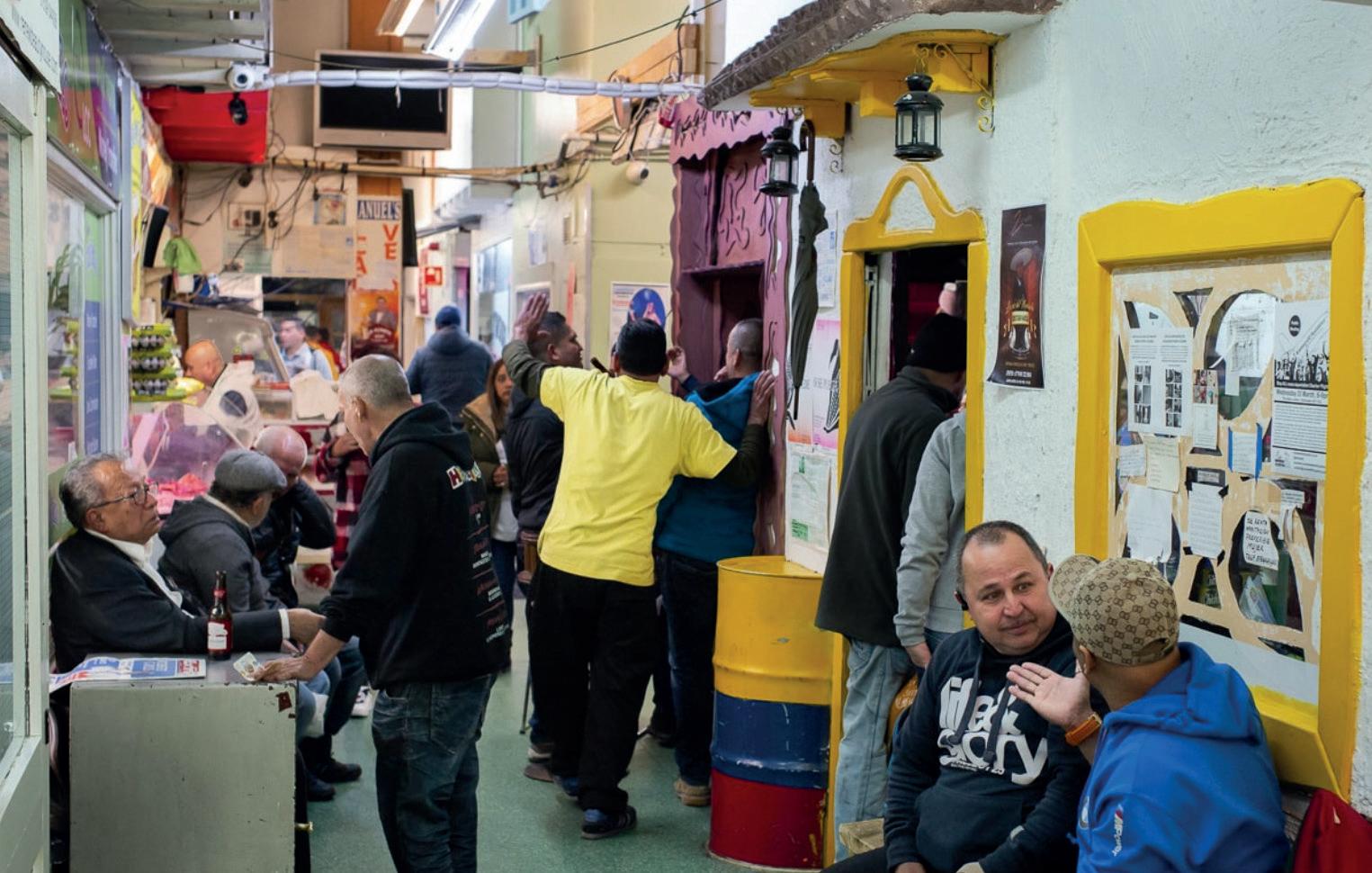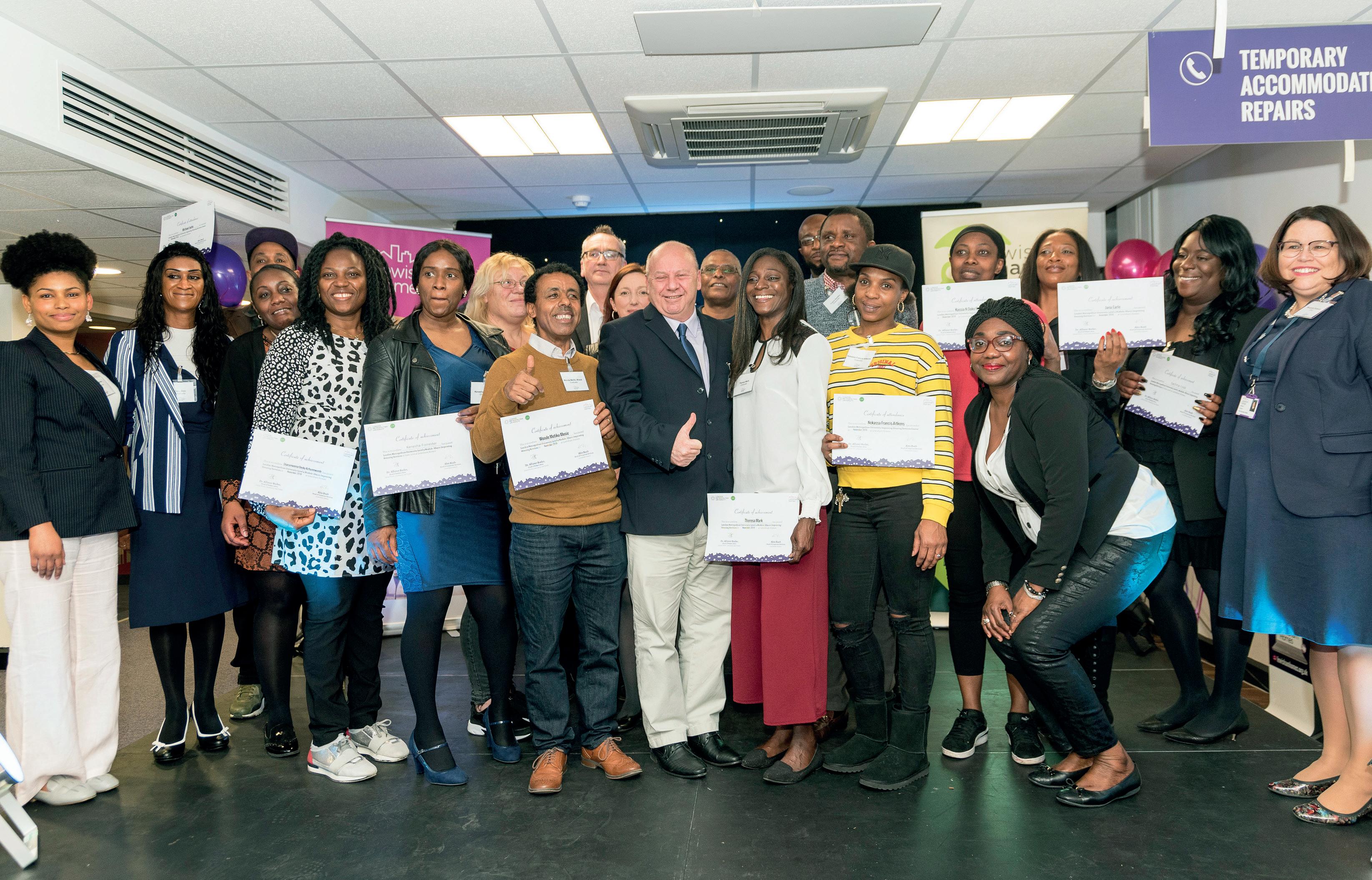
4 minute read
Creative Community Projects
from W12P188
by PDF Uploads
Creative Community Projects in Universities Millbank Creative Works (MCW)
Our aim has been to create a transferable model of a local community hub utilising entrepreneurial approaches, creativity and sustainability projects as tools to overcome societal fragmentation. Bringing together these strands has become possible by co-locating in a University environment.
We have been successful in developing a 5 year pilot project with key neighbourhood stakeholders, including Chelsea College of Arts, Tate Britain and Millbank Estate. We have a unique model to strengthen and build new relationships with local ‘doorstep’ communities by developing participatory approaches with local stakeholders. Together we explore and share the lived Millbank experience, as for example per ualresearchonline.arts.ac.uk/13023/ or facebook.com/millbankcreativeworks
The approach
Taking into account London’s dynamic creative economy we establish residencies and long-term collaborations with stakeholder organisations hosting individual projects and pooling resources, expertise and talents. This for maximum impact that supports the learning and living of local residents, businesses, university staff and students and visitors in the area.
Key achievements
Over a 5-year period tangible change in the cultural dynamics of university and community have been achieved by establishing our residency with an office at the Chelsea College of Arts and lead collaboration with BA (Hons) Interior and Spatial Design lecturers and coursework. The following outcomes have emerged:
Strengthening relationships between Chelsea College of Arts teaching staff and local residents and communities through continuous collaborations with students on research, design and arts projects addressing local community issues.
• Annual Millbank Award for student project with best community involvement
• Moat Community Garden at Millbank
Estate as recognised informal meeting and learning space for all
• A data bank of projects documenting contacts, research, impact of creative and cultural dynamics, with artefacts from exhibitions, workshops and videos
• Chelsea and other UAL students working with MCW and local residents triggered annually programmed, 4-6 creative upcycling workshops at Tate Britain in collaboration with their Sustainability Team
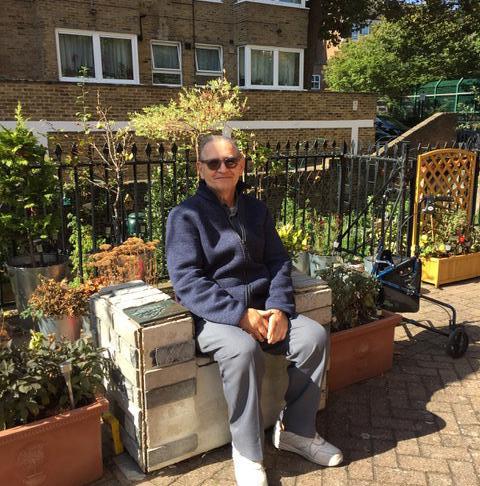
• Enabling a strong relationship to be built between Tate staff and local residents
• MCW collaboration and participation in
Tate Exchange workshops, presentations & artefacts
• Westminster Time Credit pioneer attracting hundreds more people to participate and tens more to volunteer
• Westminster Recycling Champion key member with £2000 Award that is being reinvested in MCW as a community led enterprise
Key success factors
Community is an experience and can only be lived when shared spaces are available and welcome. The community comes alive and gets stronger with regular participatory events, building trust and credibility by making things work and making artefacts and art for display in a meaningful context and encouraging dialogue. Every successful community project depends on 2-3 core people who can champion a cause, campaign or project and inspire others. Collaborative projects between diverse stakeholders with differing primary goals can gel with a skilled and trusted facilitator at the helm, who can then balance all stakeholders’ priorities to manage the creative process towards defined and shared goals. One of the reasons this has worked is that Chelsea senior lecturer Shibboleth Shechter and local resident/ MCW director Wilfried Rimensberger both wore two hats - Wilfried became part of UAL and Shibboleth became part of MCW. Using the language of entrepreneurship, creativity and sustainability is wellunderstood by communities and institutions alike and can be a useful tool to bring people together.
The Future Vision and the Role of The Creative Social Entrepreneur
The future demands flexible hybrid skills sets where robots and however otherwise needed institutional structures fail. In London’s creative sector the creative skills set of the future is a hybrid individual – who, based on trust built over time can create an elastic activity zone, managing expectations and move easily between diverse community to structured institution, back and forth, building and strengthening relationships and achieving high levels of social, cultural and economic impact. This is at the heart of our approach to offer a transferable local community based entrepreneurship incubator model that builds local residents’ creative ideas by providing (space, finances, support and inspiration) and contributing to an innovative neighbourhood culture based on creative and sustainability projects in support of local citizenship talents.

Creative Community Projects in Universities 3D print the future of east London
3D printing workshops at Here East (April-May 2019) In 2019 Saif Osmani was a visiting fellow/ artist–in-residence at Loughborough University London where he held a series of 3D printing workshops at Here East on the former 2012 Olympics site in Stratford where the population has been expanding to include more maker and creative, tech and business-based communities.
“It’s often felt by academia that real creativity happens takes place inside art schools without accounting for the huge amounts of creative activity already taking place inside communities. In a lot of cases these are a vital need to alleviating social diseases such as isolation and depression,” says Saif.
The 3D printing workshops using 3D pens took place at Here East as a means of opening up dialogue between new and long-standing communities and form part of Saif’s research on co-design as a means of engaging diverse communities to designing
the future spaces they would like to see.

